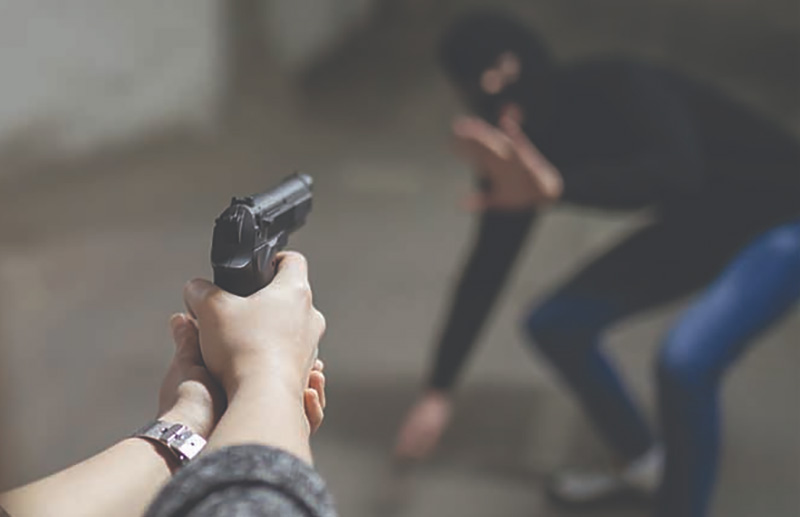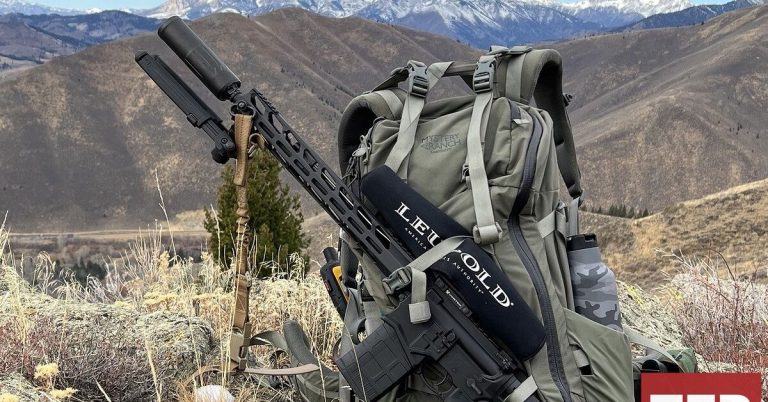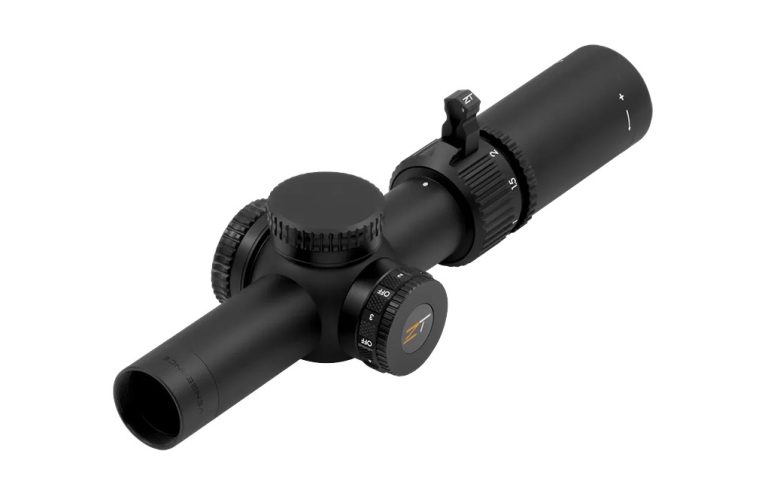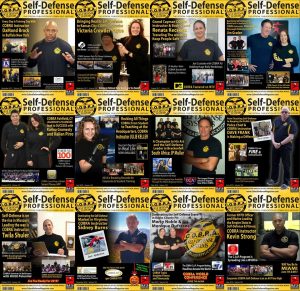A discussion on escalation of force and reasonable-use force when it comes to self-defense.
Most people remember the old childhood game called “Rock Paper Scissors.” To play this game, two or more people get together and, on the count of three, either show a fist (rock), a flat hand (paper) or a fist with two fingers extended (scissors). The rules of the game are simple: A rock can smash scissors, scissors can cut paper, and paper can cover rock. If you display one of the three and aren’t smashed, cut or covered by any others, you win.
Well, just a short 60 miles from my house, a real-life game of rock paper scissors took place—this time with a verbal threat, a can of pepper spray, a flare gun and a handgun. It went like this.
First, a man in a Fred Meyer store saw another man shoplifting. Instead of doing the prudent thing and simply alerting a store employee, he decided to take things under control by himself and confront the shoplifter. The shoplifter took exception and started threatening the do-gooder. The do-gooder decided he wouldn’t be threatened in this manner and pulled a can of pepper spray out of his pocket, spraying the shoplifter.
That should’ve ended the confrontation, but instead of crawling off into a cave, the shoplifter pulled out a flare gun and again threatened the do-gooder. At that time, believing he was now the victim of a serious threatened assault, he pulled a handgun, after which the shoplifter ran off to be arrested later for second degree assault. If this was caught on store surveillance cameras, it’d be fun to watch.
Escalation Of Force
And this story brings us to the theme of this month’s column: escalation of force and reasonable use force in self-defense.
Was it reasonable for the do-gooder to confront the shoplifter to begin with? In the state of Washington, a merchant can detain a suspected shoplifter, but not a private citizen—unless the value of the item in question is greater than $750—at which point it would be a felony, and the private citizen may use reasonable force to detain the individual and deliver him or her to a police officer. Only a merchant or one of his or her employees can make a citizen’s arrest for shoplifting if the value of the item is less than $750. For the purposes of this story, we’ll give the do-gooder the benefit of the doubt and place the value over $750.
But when the shoplifter started threatening the do-gooder (he was 17 years younger than the do-gooder), the do-gooder decided to pepper spray the shoplifter. Justified? Probably. And the do-gooder didn’t face any criminal charges from the pepper spraying act.
But we all know a flare gun trumps pepper spray. I also wonder why the pepper spray didn’t work better, because the shoplifter, after being sprayed, still had the physical wherewithal to decide to draw the small gun designed to shoot flares into the air. I don’t know about you, but I’d consider a flare gun capable of causing great bodily injury and even death.
In response to this escalation of force by the shoplifter, the do-gooder—who had a valid license to carry a concealed handgun—drew his lawfully concealed handgun and ended the confrontation. I’m not going to second guess the do-gooder, but perhaps I might’ve shot the guy at that time. Let’s pretend for a moment that did happen and the shoplifter died. The headlines would’ve reported, “Man killed for shoplifting.”
Would the do-gooder have been arrested? Well, it depends on the story the police heard when they arrived. If the do-gooder simply stated, “I want my attorney,” then likely yes, he would’ve been arrested. Hopefully, there were witnesses and the flare gun threat came to light. The police in that jurisdiction likely would’ve released him without charges, as most police in our area are very pro-armed citizen.
But what if there had been no flare gun? What if the shoplifter had simply been physically threatening the do-gooder? I’d predict a very long legal process for the do-gooder who, even while interdicting a crime in progress, would’ve used excessive force by shooting (or frankly, even drawing the handgun and threatening to shoot).
Be The ‘Reasonable Man’
Across the nation, the right to use force in self-defense is tempered by the necessity to only use the degree of force a reasonable and prudent person would use under the circumstances. Each use of force will be analyzed by the reasonable man doctrine.
What would a reasonable and prudent person have done under the same circumstances? And was the force used reasonable under the circumstances? That said, you don’t get to decide what’s reasonable—that’s the role of the jury.
Editor’s Note: This article originally appeared in the June 2022 issue of Gun Digest the Magazine.
Know Your Rights:
 NEXT STEP: Download Your Free Storm Tactical Printable Target Pack
NEXT STEP: Download Your Free Storm Tactical Printable Target Pack
62 Printable MOA Targets with DOT Drills – Rifle Range in YARDS This impressive target pack from our friends at Storm Tactical contains 62 printable targets for rifle and handgun range use. Target grids and bullseye sizes are in MOA. Ideal for long-range shooting!
Subscribe to the Gun Digest email newsletter and we’ll send your print-at-home target pack right away. Just enter your email address below.


















